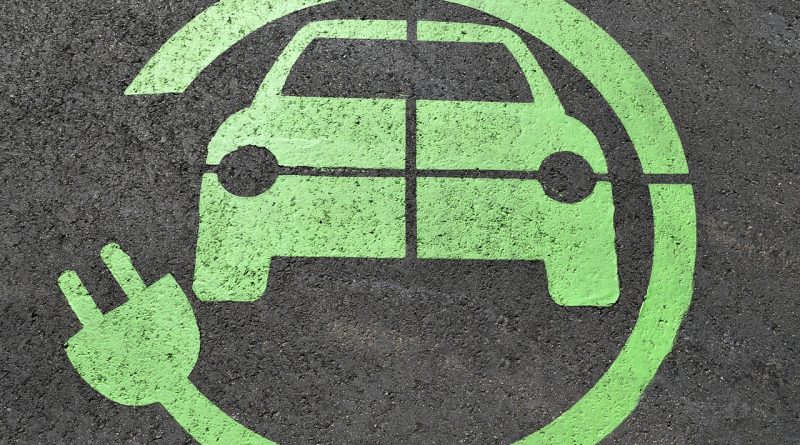How to charge your new electric car-Nissan LEAF
Henry Ford’s gasoline-powered cars wouldn’t have become the standard transportation of the 20th century without gas stations. And electric vehicles won’t become the next-generation car unless there are charging stations.
That’s why the introduction of electric vehicles on the West Coast coincides with a planned charging network stretching from British Columbia to Baja California.
Charging stations now can be seen in some Intel parking lots and at Portland General Electric’s headquarters. Soon they will be found in more places, including the homes of electric vehicle owners.
Local governments, businesses and the auto industry are betting that electric cars will amount to 20 percent of new vehicles sold in Oregon within the decade, and they’re working together to make sure there are plenty of places to charge.
Gary Graunke owns two electric cars he built himself: one from a Honda Insight and another from a Toyota Prius. Both were hybrid cars using gas engines and electricity, until Graunke converted them to all- electric vehicles. He has two 240-volt outlets in his garage where he charges them with enough electricity to get him to his job at Intel.
He also ordered Nissan’s electric Leaf, introduced last month in Oregon. Graunke, 61, is co-chairman of the Oregon Electric Vehicle Association and has been thinking about electric cars since the 1960s, when he heard some General Motors engineers say fuel-cell cars were “just around the corner.”
Car manufacturers know they could count on true believers like Graunke who are passionate about electric cars. What they need are people like Jared and Charlotte Townsley of Tigard, who aren’t mechanical geeks that spend time taking cars apart and putting them together.
They pre-ordered a Leaf back in July, and figure they’ll need a 240-volt outlet in their garage to charge the new car.
Three levels of charging
Soon there will be an estimated 1,200 public car-charging facilities in Oregon, with more than half of those in the Portland area. Hundreds more will be installed in garages of electric car owners.
A regular 110-volt garage outlet will suffice, but it can put a strain on a home’s electrical system. Known as Level 1 charging, a 110-volt outlet takes eight to 14 hours to charge an electric car.
Level 2 chargers require 240-volt outlets, and can provide a full charge in 4 to 6 hours. Level 3 chargers, requiring 480 volts of power, can recharge a car battery to 80 percent capacity in a half-hour or less.
The cost to install a charging outlet in a home garage could range from a few hundred dollars to thousands of dollars, says Art James, innovative partnerships project director at the Oregon Department of Transportation. The upper-end figure is a worst-case scenario such as when a 1920s house with an original fuse box requires a new service panel.
Nissan Leaf buyers participating in a special electric vehicle partnership program get their Level 2 home-charging unit for free, James notes.
Outside the home, some public and corporate charging stations will offer recharging at no cost.
“Companies are offering it as a benefit for patrons,” James says. “Lincoln City has installed several.”


